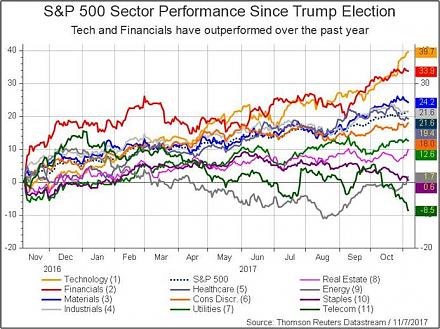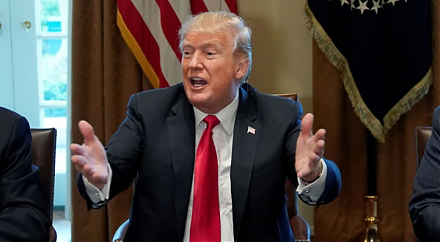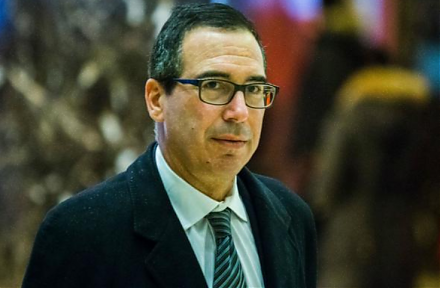

2018-01-03 08:38:00 Wed ET
technology social safety nets education infrastructure health insurance health care medical care medication vaccine social security pension deposit insurance
President Trump targets Amazon in his call for U.S. Postal Service to charge high delivery prices on the ecommerce giant. Trump picks another fight with an online retail giant that he has criticized during the presidential campaign. Now U.S.P.S. runs a substantial net loss and serves as an independent agency within the federal government with minimal tax dollars for operating expenses. Package delivery has become an increasingly important part of U.S.P.S. business because the Internet has led to a sharp decline in the amount of first-class letters.
U.S.P.S. delivers 60%+ of Amazon packages with about 4 million parcels per day during the current peak year-end holiday shipping season. Amazon's other major carriers are UPS and FedEx that collectively account for about 30% of Amazon parcels. Both UPS and FedEx have long voiced their key concerns and complaints about U.S.P.S. cost structure. In fact, U.S.P.S. deficit has ballooned to about $62 billion, and this situation cannot sustain in the long run. If the Trump administration induces U.S.P.S. to charge more on Amazon packages, the ecommerce giant may pass higher costs onto key American consumers and small businesses. Worldwide delivery operations may become too expensive to the detriment of consumers. The status quo remains a time-worn impasse between ecommerce and postal service.
If any of our AYA Analytica financial health memos (FHM), blog posts, ebooks, newsletters, and notifications etc, or any other form of online content curation, involves potential copyright concerns, please feel free to contact us at service@ayafintech.network so that we can remove relevant content in response to any such request within a reasonable time frame.
2017-10-09 09:34:00 Monday ET

The current Trump stock market rally has been impressive from November 2016 to October 2017. S&P 500 has risen by 21.1% since the 2016 presidential elec
2018-10-25 10:36:00 Thursday ET

Trump tariffs begin to bite U.S. corporate profits from Ford and Harley-Davidson to Caterpillar and Walmart etc. U.S. corporate profit growth remains high a
2023-04-28 16:38:00 Friday ET

Peter Schuck analyzes U.S. government failures and structural problems in light of both institutions and incentives. Peter Schuck (2015) Why
2017-10-03 18:39:00 Tuesday ET

President Trump has nominated Jerome Powell to run the Federal Reserve once Fed Chair Janet Yellen's current term expires in February 2018. Trump's
2022-02-02 10:33:00 Wednesday ET

Our proprietary alpha investment model outperforms most stock market indices from 2017 to 2022. As of early-January 2023, the U.S. Patent and Trademark O
2018-01-15 07:35:00 Monday ET

Treasury Secretary Steven Mnuchin welcomes a weak U.S. dollar amid pervasive fears of an open trade war between America and China. At the World Economic For